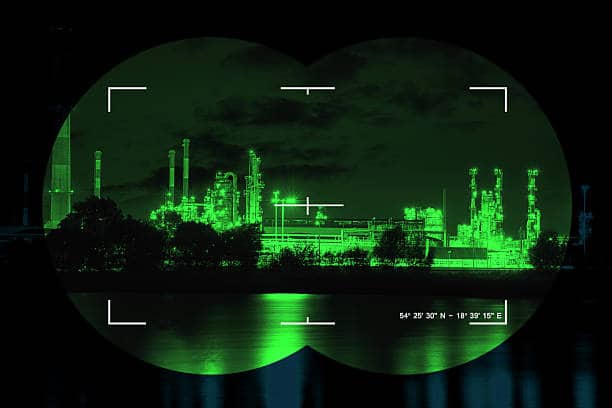The biotech and pharmaceutical industries are on the cusp of a major transformation, fueled by the power of real-time software applications. By harnessing the capabilities of machine learning (ML) and numerical optimization, these applications are accelerating drug discovery, streamlining development, and optimizing manufacturing processes.
Real-Time Analytics: A Game Changer
Imagine a world where critical decisions in drug development and manufacturing can be made instantaneously. This is the promise of real-time analytics. In manufacturing, ML algorithms can fine-tune production in real-time, ensuring consistent quality while minimizing waste. In supply chain management, optimization models predict and adapt to potential disruptions, keeping production on track.
“The integration of real-time machine learning algorithms with advanced numerical optimization techniques is only just starting to change drug discovery and development,” says Dr. Aditya Dodda, an expert in the building real-time applications using machine learning. “The capability to process and analyze complex data streams in real-time to make decisions in split seconds, is going to revolutionize multiple processes in the pharma, bio tech and even medical device industries.”
Machine Learning: Turbocharging Drug Discovery
ML is revolutionizing how we discover and develop new drugs. Real-time ML systems can sift through vast chemical libraries to identify promising drug candidates in a fraction of the time it used to take. In clinical trials, AI-powered tools allow for real-time adjustments to study protocols, maximizing efficiency and improving outcomes.
Numerical Optimization: The Key to Efficiency and Quality
Real-time numerical optimization techniques are crucial for enhancing manufacturing processes. Advanced algorithms can continuously adjust parameters to maintain optimal conditions and ensure top-notch product quality. Predictive maintenance, powered by real-time analysis of equipment data, helps prevent costly downtime by identifying potential failures before they occur.
Edge Computing: Bringing Real-Time Power to the Production Floor and beyond
Edge computing is revolutionizing not just pharmaceutical manufacturing, but healthcare as a whole. By processing data on-site, edge devices enable immediate adjustments to manufacturing processes, eliminating the delays associated with cloud-based systems. This ensures data integrity and facilitates rapid decision-making.
But the impact of edge computing extends far beyond the factory floor. Think of wearable fitness trackers, continuous glucose monitors, and even ECG devices. These devices utilize edge computing to analyze data in real-time, providing users with immediate insights into their health and enabling timely interventions.
“The convergence of edge computing and advanced ML models is a game-changer for pharmaceutical manufacturing,” notes Dr. Aditya Dodda who has expertise in real-time applications using machine learning. “We’re now able to deploy complex neural network architectures directly on edge devices, enabling real-time anomaly detection and process optimization with millisecond-level latency.”
This convergence is also driving innovation in personalized medicine. Imagine a future where edge devices, powered by sophisticated ML algorithms, can analyze an individual’s health data in real-time, providing personalized recommendations and even predicting potential health issues before they arise. This is the power of edge computing, bringing real-time intelligence to the forefront of healthcare.
Industry Leaders Embrace Real-Time Technologies
Major pharmaceutical companies are already reaping the benefits of real-time applications:
- Pfizer, in collaboration with IBM Watson, is pioneering real-time drug discovery, particularly in cancer research. Their partnership with XtaliPi integrates ML and quantum mechanics to predict drug properties in real-time, even before synthesis.
- Moderna has embraced AI with their internal chatbot, mChat, and DoseID, a tool that provides real-time analysis of clinical data, helping them launch new products efficiently.
- Johnson & Johnson utilizes real-time analytics to accelerate drug discovery, optimize clinical trials, and personalize treatment approaches.
Challenges and Future Outlook
While the potential of real-time applications is immense, challenges such as data quality, regulatory compliance, and talent development need to be addressed. The future holds even more exciting possibilities, including the integration of quantum computing with ML and optimization algorithms to solve complex molecular simulations in real-time.
Dr. Dodda comments on the future direction of the field: “As we look ahead, the integration of quantum machine learning algorithms with real-time systems holds immense promise. This will further revolutionize multiple healthcare industries – pharma to biotech and even medical devices.”
The biotech and pharmaceutical industries are embracing a real-time revolution. As these technologies mature, they will not only transform drug discovery and manufacturing but also revolutionize how healthcare is delivered worldwide.




